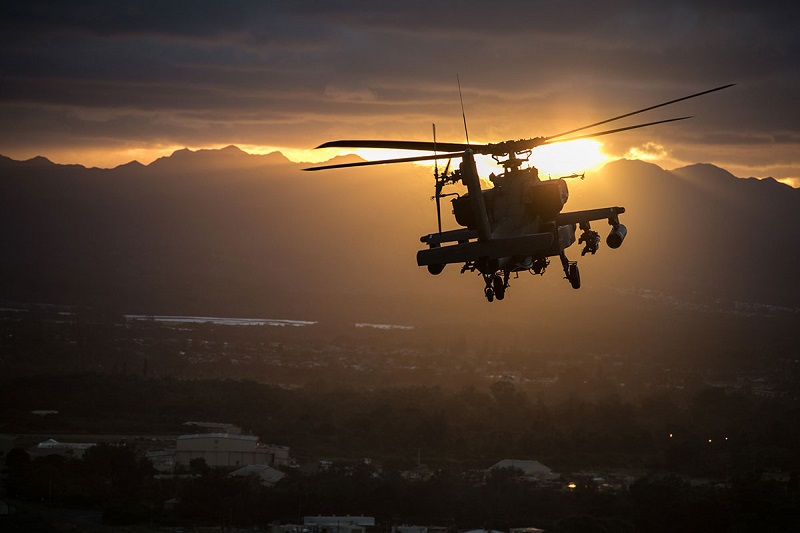On August 12, the U.S. Army Combat Capabilities Development Command (CCDC) Command, Control, Communications, Computers, Cyber, Intelligence, Surveillance and Reconnaissance (C5ISR) Center posted a Request for Information (RFI) synopsis for Air Launch Efforts (ALE). Responses are due by 5:00 p.m. Eastern on September 14.
The future multi-domain operational environment will present a highly lethal and complex set of traditional and non-traditional targets. These targets will include networked and mobile air defense systems with extended ranges, and long and mid-range fires systems that will deny freedom of maneuver. To gain and maintain overmatch in the future conflict, Army Aviation must modernize and distribute its reconnaissance, surveillance, target acquisition (RSTA) and lethality with an advanced team of manned and unmanned aircraft as part of the Future Vertical Lift (FVL) Future Attack Reconnaissance Aircraft (FARA) ecosystem. The synergistic effect of the ecosystem enables the penetration, dis-integration, and exploitation of an adversary’s Anti-Access Area Denial (A2AD) comprised of an Integrated Air Defense System (IADS) and Integrated Fires Complex (IFC), as well as surveillance and targeting systems, command, control and communications (C3) capabilities, and essential logistical infrastructure.
Part of this ecosystem is Air Launched Effects (ALE), a family of small and large unmanned air launched systems that operate as members of a team with other manned and unmanned platforms to detect, identify, locate, report (DILR) and deliver lethal and non-lethal effects against threats across multiple scenarios and domains in a constantly changing Operational Environment (OE).
The Army Combat Capabilities Development Command (CCDC) Command, Control, Communications, Computers, Cyber, Intelligence, Surveillance and Reconnaissance (C5ISR) Center is currently working on Science and Technology (S&T) planning and development of ALE capability to deliver coordinated and distributed sensing and effects across Electro-Optical (EO), Infrared (IR) and Radio Frequency (RF) spectrums. The overall goal of this RFI is to identify novel and highly capable technologies and enablers that can inform S&T development to better align current and future S&T investment in technology areas of interest for ALE, inform ALE payload and platform requirements, and ultimately identify candidates for current and future ALE mission systems program acquisitions.
It is expected that there will be a Virtual Industry Day held on September 28th, 2020 (less than 60 days post RFI release), where U.S. Government (USG) will walk through details of this RFI, and vendors will have an opportunity to ask questions they may have about its content and objectives.
Full information is available here.
Source: SAM








